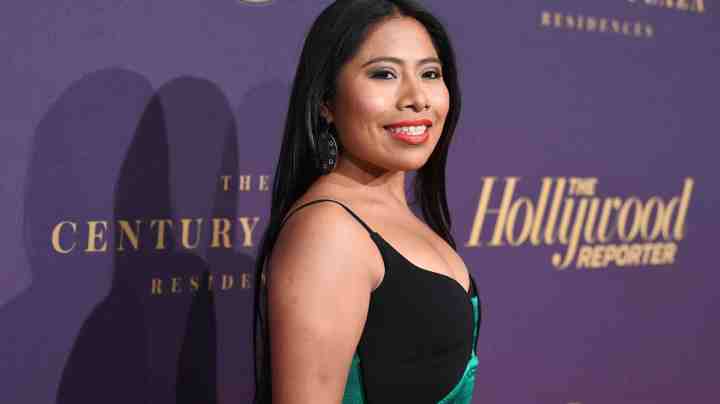1
She landed the lead role in 'Roma.'
When Yalitza Aparicio landed the lead role of Cleo in Roma, she had never acted before. She had never considered acting either. She also didn’t speak Mixtec. Indigenous actors hardly ever get a role like this, and it catapulted her into fame.
Yalitza was apprehensive during the audition process, but she took her sister’s advice, “who basically said, ‘Do everything that they ask you to do. Answer all the questions that they ask you.’”

